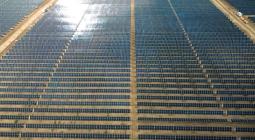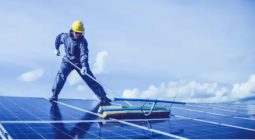Solar power prices are falling. What does this mean for our household electricity bills?
After a long decade of year-on-year increases in power prices throughout the country, the cost of electricity is forecast to fall in most places.
How far it falls — and how quickly — depends on lots of factors, but there's clear consensus that Australia is entering a new era in which power will be cheaper than it has ever been before.
In two years, renewables have gone from economic "wrecking ball" to the technology that will unlock future green industries, with the Prime Minister recently setting a target of "ultra-low cost solar" by 2035.
There's even talk in some quarters that solar could one day fulfil the unrealised promise of nuclear power to generate electricity so abundant that it would be "too cheap to meter".
So how cheap can solar get? And will you — the energy consumer — still have a power bill?
'Glimpse of the future' as power prices go negative
This future of cheap power is already here — at least sometimes.
Last Saturday in South Australia, renewables accounted for a staggering 135 per cent of total demand, breaking the world record for the proportion of solar and wind supplied to a large grid.
As a result of all this excess generation, the spot price of power fell to minus $35.95 per megawatt hour.
Energy generation was curtailed, batteries charged up, and the excess exported to Victoria, which is connected to the SA grid.
"It's a glimpse of the future," says Frank Jotzo, a professor of climate change economics at Australian National University (ANU).





